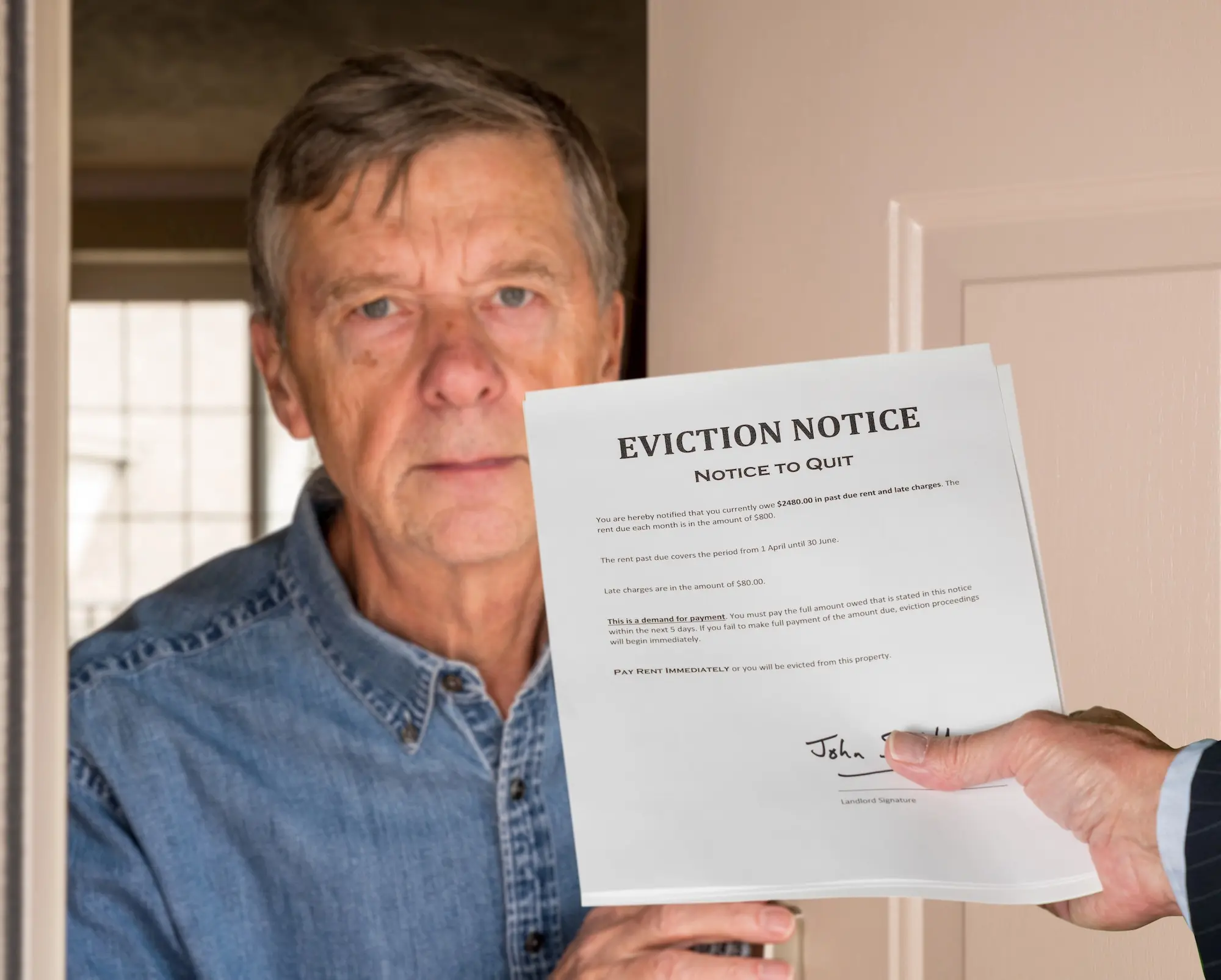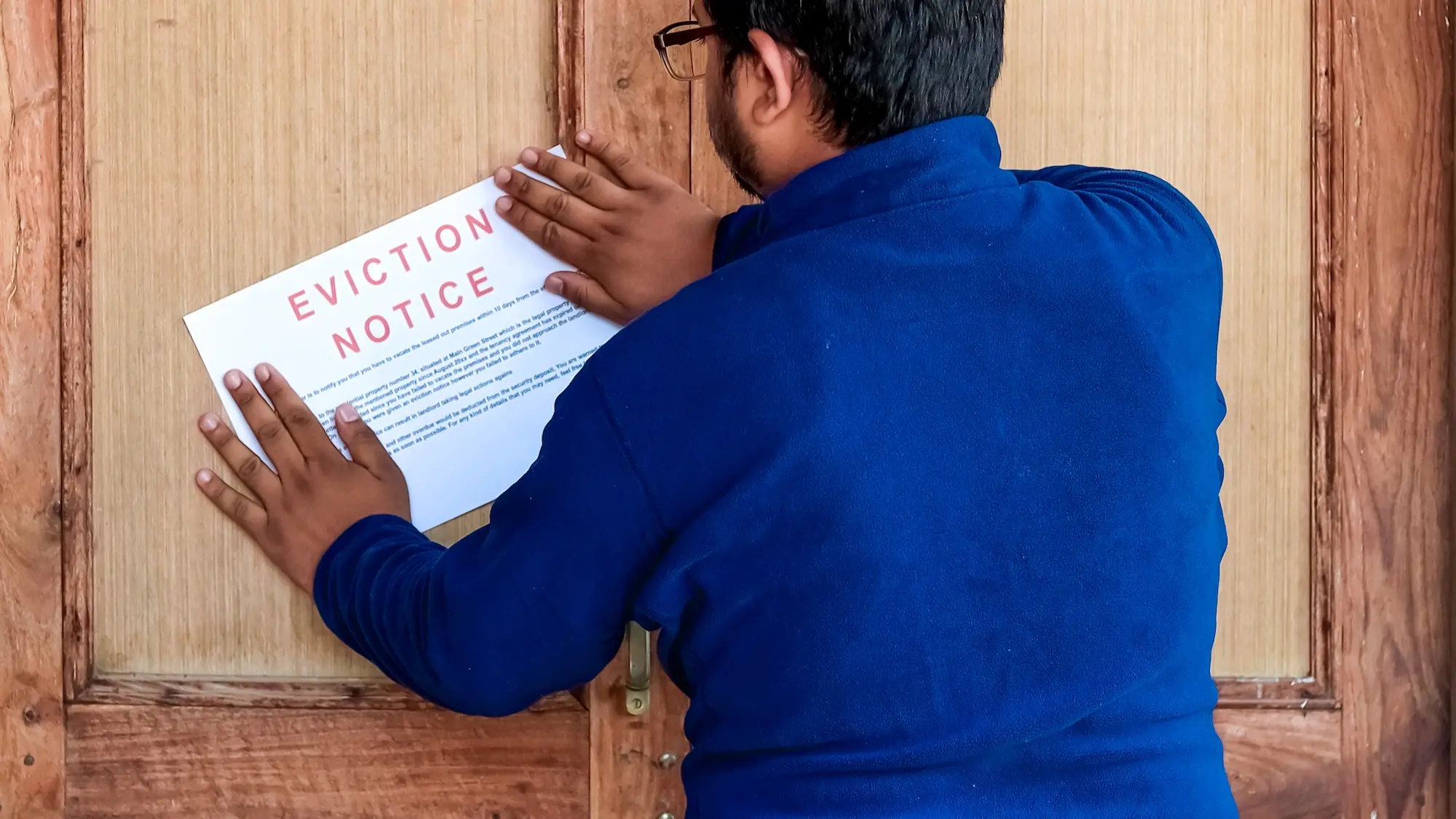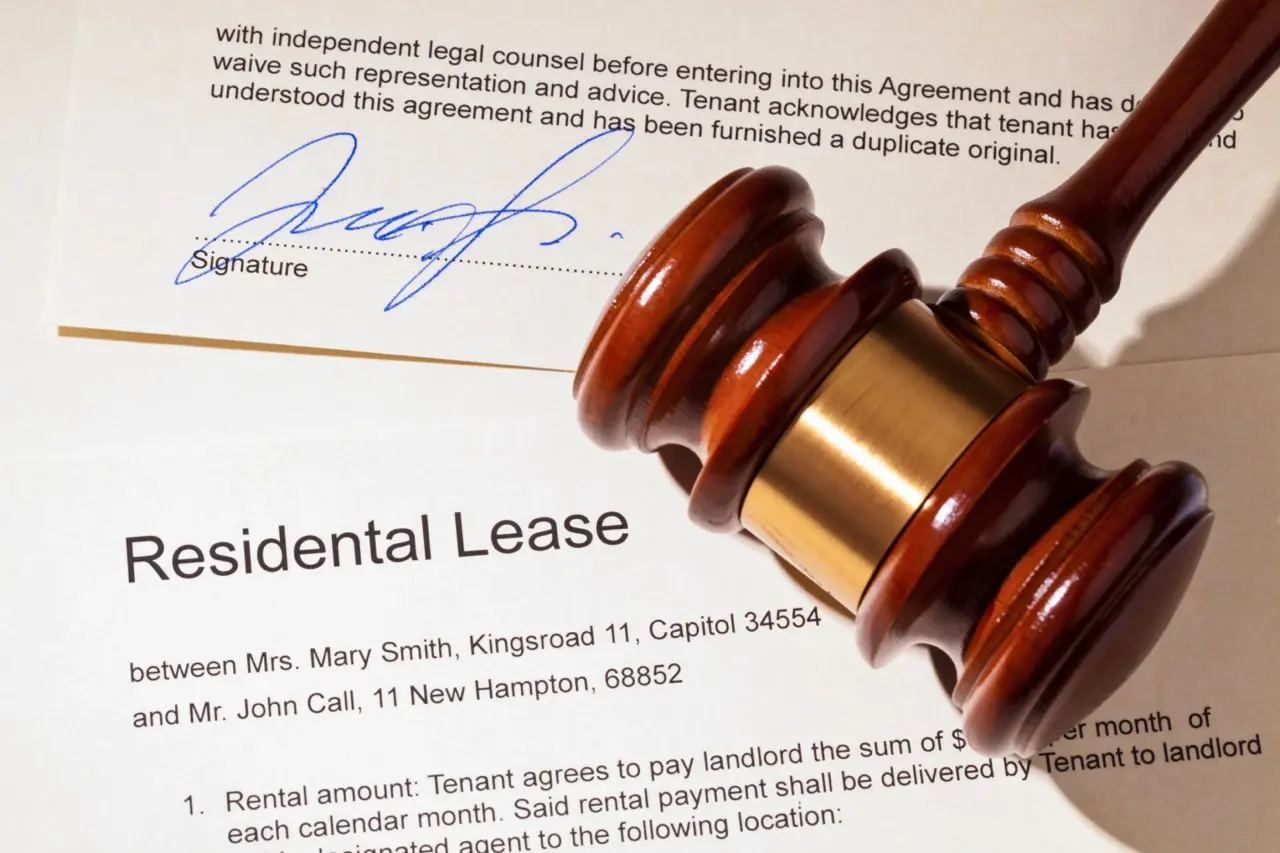Your ceiling is leaking onto your bed. The heater's been dead for weeks, and winter isn't waiting. You've called, texted, and even knocked, but your landlord still hasn't done a thing. This isn't just annoying anymore. It's a health risk, a safety hazard, and a growing threat to your finances. Every day without action increases the damage, the stress, and the chance you'll end up paying for something that wasn't your fault.
The good news? You're not powerless. The law gives you tools to fight back. By documenting everything, asserting your legal rights, and escalating with precision, not panic, you can pressure your landlord to act or protect yourself until you find a safer place to live.
Key Takeaways
- Document every issue in writing to create a legally defensible paper trail.
- Know your habitability rights because your landlord is breaking the law if they ignore major safety issues.
- Escalate with strategy, not emotion, and follow the proper steps to avoid eviction.
- Don't take drastic action like withholding rent or breaking your lease without legal backing.
- Stay current on rent and lease terms so your landlord can't use violations against you.
Document the Problem and Demand Action in Writing
Your first move is creating a paper trail that can't be ignored or denied. Send your landlord a written repair request via email or certified mail. Be specific about what's broken, how it affects your daily life, and what could happen if it's not fixed.
Include photos and videos as evidence. A picture of black mold spreading across your bathroom wall carries more weight than "there's some discoloration." Timestamp everything and keep copies in multiple places.
Your written request should include:
- Your name, address, and unit number
- Detailed description of the problem
- How the issue affects your health, safety, or use of the property
- A reasonable deadline for repairs (24-48 hours for emergencies, 1-2 weeks for non-urgent issues)
- A clear statement that you expect prompt action
Set a realistic deadline based on the severity. No heat in January? That's a 24-hour emergency. A dripping faucet? Give them a week or two.
If you don't receive a response by your deadline, send a follow-up notice referencing your first request. This second notice shows that you gave your landlord every opportunity to respond, increasing the legal pressure.
Pro tip: Never rely on verbal promises or phone calls. If your landlord says they'll "get to it soon," respond with an email confirming what they told you and when they committed to fixing it.
Know Your Rights Under Habitability Laws
You have a legal right to a livable home. This isn't a favor from your landlord. It's called the "warranty of habitability," which is the law in every state.
Your landlord must maintain basic safety and livability standards. This includes working heat, plumbing, electricity, and structural integrity. They must also address serious health hazards like mold, pest infestations, or toxic conditions.
What your landlord must fix:
- Heating and cooling systems
- Plumbing and hot water
- Electrical systems and outlets
- Structural problems (roof leaks, broken windows, faulty locks)
- Health hazards (mold, lead paint, pest infestations)
- Building code violations
What they typically don't have to fix:
- Cosmetic issues (scuffed walls, worn carpet)
- Minor inconveniences (squeaky door, slow drain)
- Damage you caused
Landlords have a "reasonable amount of time" to make repairs after being notified. For emergency issues affecting health or safety, this usually means 24-72 hours. Non-emergency repairs typically allow 7-30 days, depending on your state.
Report to Housing Authorities When Landlords Ignore You
It's time to escalate when your landlord doesn't respond to written requests. Contact your local housing or building code enforcement office to file a complaint.
An inspector will visit your property to document violations of housing codes or safety standards. If they find problems, they'll issue a notice of breach, giving your landlord a legal deadline to fix them.
How to file an effective complaint:
- Contact your city or county housing department
- Provide your written repair requests and the landlord's responses
- Submit photos and documentation of the problems
- Be available for the inspection appointment
- Keep copies of all official reports and notices
Contact your local health department for issues like sewage leaks, mold, or pest infestations. The department can cite landlords for health code violations and impose additional fines. Once official inspectors get involved, most of repair disputes are resolved within 30 days.
Pro tip: Retaliation is illegal in most states but hard to prove. Keep a timeline of your complaints and responses. If your landlord suddenly raises rent or threatens eviction, your records become your defense.
Use Repair-and-Deduct If Your State Allows It
Many states allow you to hire a professional to fix the problem and deduct the cost from your rent, but you must follow your state's rules exactly. The repair must address a serious habitability issue, and you must have given your landlord reasonable notice and time to fix it first.
Before using repair-and-deduct:
- Verify your state allows this remedy (not all do)
- Check the dollar limits (often capped at one month's rent)
- Ensure the problem qualifies (usually health/safety issues only)
- Get multiple quotes from licensed contractors
- Give your landlord final written notice of your intent
The process:
- Send written notice stating you'll hire a contractor if repairs aren't made by a specific date
- Wait for the deadline to pass
- Hire a licensed professional (keep all receipts)
- Deduct the cost from your next rent payment
- Send your landlord copies of receipts and a letter explaining the deduction
Repair-and-deduct laws exist in about 20 states, with limits ranging from $300 to one month's rent. Never assume this option is available without first checking your local laws. Using repair-and-deduct in a state that doesn't allow it could result in eviction for non-payment of rent.
Withhold Rent Legally for Serious Habitability Issues
Rent withholding is your nuclear option, refusing to pay rent until your landlord fixes serious habitability problems. It's powerful but risky, so use it only for severe issues.
When rent withholding might be appropriate:
- No heat in winter or AC in extreme heat
- Major plumbing failures (no water, sewage backup)
- Dangerous electrical problems
- Structural damage that makes the unit unsafe
- Serious health hazards (extensive mold, toxic conditions)
Legal requirements vary by state:
- Some require you to deposit withheld rent in an escrow account
- Others let you hold the money but require you to pay it once repairs are made
- Most require written notice to your landlord before withholding
Before withholding rent, send a written notice explaining the problems and stating your intent to withhold if they're not fixed by a specific date.
Warning: If a judge decides your reasons weren't serious enough or you didn't follow proper procedures, you could owe all back rent plus late fees and face eviction. Consider consulting a tenant lawyer before taking this step.
Break Your Lease Safely for Uninhabitable Conditions
Sometimes, the safest move is to move out. If your rental is truly uninhabitable and your landlord won't fix the issues, you may be able to break your lease legally without penalty.
Grounds for legal lease termination:
- Lack of essential utilities (heat, water, electricity)
- Serious health hazards (toxic mold, lead contamination)
- Major structural problems (roof collapse, foundation issues)
- Persistent pest infestations that create health risks
The legal process:
- Document all problems with photos and written records
- Send written notice to your landlord about the uninhabitable conditions
- Give them reasonable time to fix the issues (usually 7-30 days)
- If they don't act, send written notice of lease termination citing uninhabitable conditions
- Move out by the date specified in your termination notice
Most states require specific notice periods and procedures. Check your state's laws or consult a tenant attorney to ensure you follow the correct process. Keep detailed records of your repair requests, the landlord's responses, photos of conditions, and any official inspection reports.
Pro tip: Before moving out, take detailed video walkthroughs of the entire unit and timestamp your move-out date. This protects your deposit and counters false damage claims.
Take Legal Action as Your Final Option
When all else fails, you can sue your landlord to recover damages caused by their negligence. Small claims court is usually your best bet. It's designed for disputes under $5,000-$10,000 and doesn't require a lawyer.
What you can typically recover:
- Partial rent refunds for reduced habitability
- Costs of temporary housing during repairs
- Damaged personal property
- Medical expenses related to the conditions
- Moving expenses if you had to relocate
Building a strong case:
- Gather all documentation (photos, repair requests, landlord responses)
- Collect receipts for any expenses caused by the problems
- Get official inspection reports if available
- Calculate your total damages with supporting evidence
- File your claim with the appropriate court
Small claims court typically awards money damages, not orders to make repairs. But hitting landlords in their wallets often motivates them to finally address the problems.
Conclusion
Living with broken heating, leaking ceilings, or dangerous conditions isn't just uncomfortable. It's a violation of your fundamental rights as a renter. Every day you accept these conditions is another day your landlord gets away with providing substandard housing while collecting full rent.
Landlords count on tenants not knowing their rights or being too intimidated to act. The moment you document and escalate smartly, you stop playing defense. You start protecting your home, money, and peace of mind.










